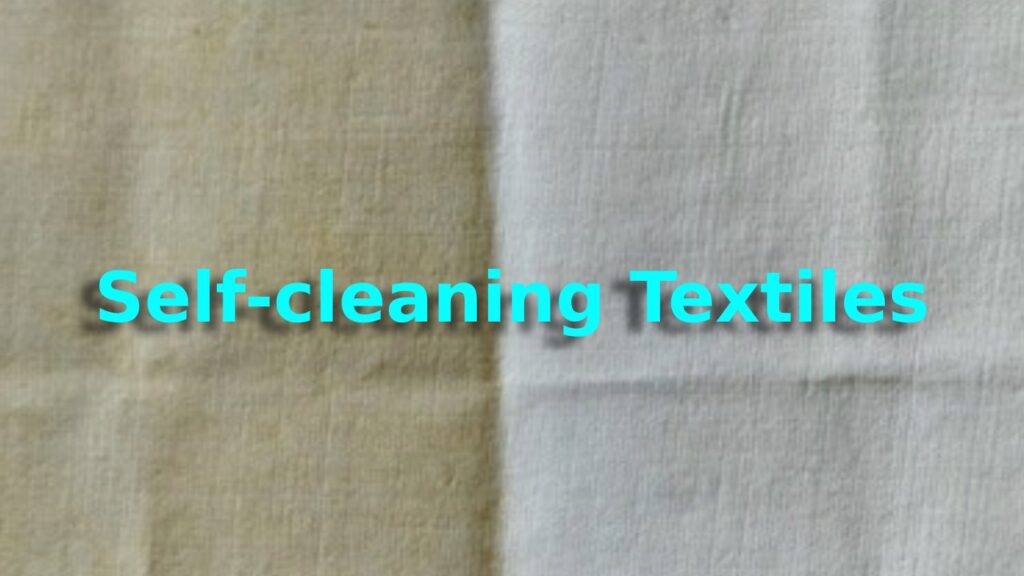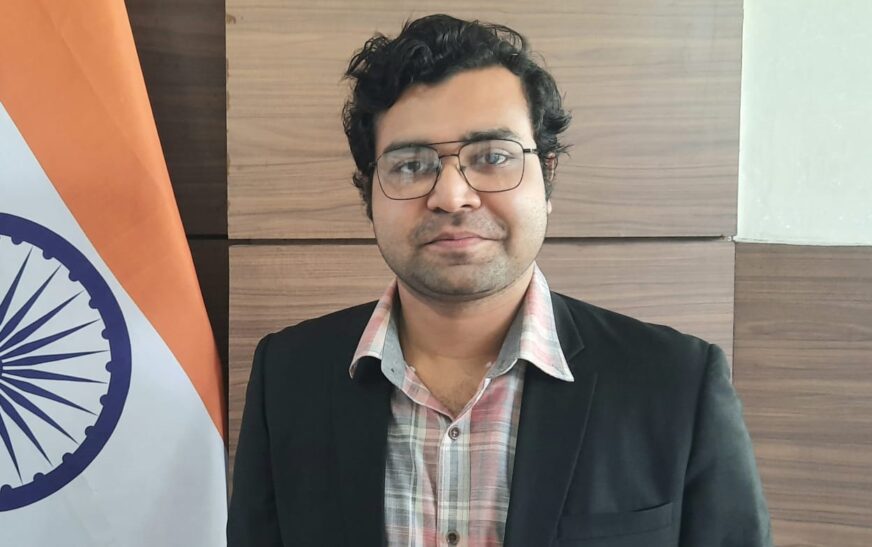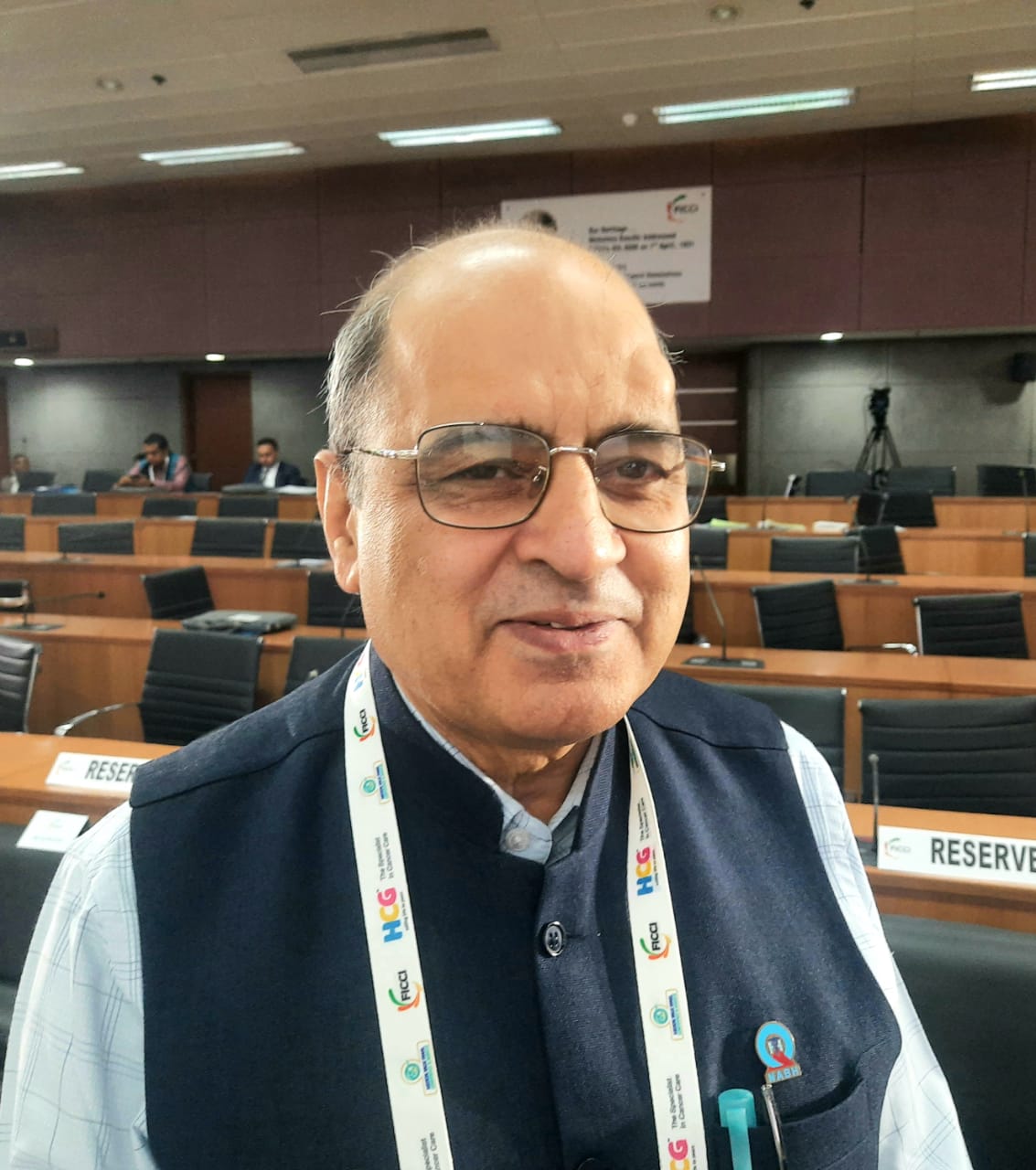Self‑cleaning textiles now promise the effortless purity of a lotus leaf. Engineers sculpt each fibre with nanoscale ridges or cloak it in photocatalytic titanium‑dioxide, so dust, grease, and microbes simply have nowhere to grip. Then sunlight—or even the glow of ordinary indoor lamps—triggers oxidative reactions that shatter stains and silence odour‑forming bacteria. Between laundry cycles, the fabric quietly renews itself.
The ecological payoff is immense. Every skipped wash spares litres of water, kilowatt‑hours of energy, and doses of detergent, trimming a garment’s lifetime footprint while extending its usable years. In hospitals or crowded transit systems, these antimicrobial surfaces could also break infection chains, weaving hygiene straight into the infrastructure.
Obstacles remain—nanoparticle safety, recyclability, and the climb toward cost‑effective mass production—but the direction is clear: clothing that cleans itself aligns human convenience with planetary prudence.
Against this backdrop, The Interview World spoke exclusively with Yatee Gupta, Founder and CEO of Fabiosys Innovations, during the PHD Chamber of Commerce and Industry’s “Future of Textiles” conference on man‑made fibres. Gupta unveiled Fabiosys’s proprietary self‑cleaning textiles, detailed its efficacy and long‑term durability, explained how the technology advances sustainability goals, outlined the imminent commercial launch, and disclosed the company’s tiered pricing strategy. This interview distils the most compelling insights from that conversation.
Q: How have you engineered your self‑cleaning textiles to repel dirt and stains, and what underlying science makes this functionality possible?
A: Our breakthrough lies in a truly self‑cleaning textile—a fabric that shrugs off everyday spills instead of marching straight to the washing machine. Food splatters on table linens, upholstery, shirts, or children’s clothes usually trigger a full wash cycle. That routine wastes water, energy, and detergent. We decided to break it.
Here’s how our fabric works. We process standard rolls of cloth with a proprietary formulation using a modified deep‑bed dry‑cure technique. The treatment embeds photocatalytic agents throughout each fibre. When sunlight—or even bright indoor light—strikes the cloth, those agents spring into action. They catalyse a reaction that dismantles any organic stain at the molecular level, fragmenting it into harmless carbon dioxide, water vapour, trace formaldehyde, and other simple compounds.
Because the photocatalyst itself is not consumed, the fabric cleanses the stain again and again without losing efficacy. In short, sunlight does the laundering, and the textile stays in service—no detergent, no extra water, no wasted energy.
Q: What is the typical time frame in which a stain is automatically broken down or shed from your fabric, and how durable is this self‑cleaning capability across repeated washes and everyday wear?
A: There are two key aspects to consider. First, the degradation occurs rapidly, completing within just 50 minutes. However, the fabric’s durability is impressive—it maintains this property for over 25 washes, which aligns with the industry standard for home textiles and laundering. This is the benchmark for any finish in the industry, and we have successfully met it.
Q: Where do you see the most promising applications and market growth for self‑cleaning textiles?
A: The future we envision focuses on making everyday textiles more sustainable. Currently, sustainability discussions primarily center on raw materials. People advocate for alternatives like hemp, cotton, or recyclable polyester. However, a significant portion of the carbon footprint in a fabric’s lifecycle emerges after it’s made. Once the fabric is in use, its environmental impact grows, especially due to the repeated laundering process. This step consumes additional energy and releases more carbon.
Our goal is to reduce this impact. If someone wears a garment for two days, we aim to extend that period without compromising on freshness or sustainability. This technology also tackles body odors, which stem from molecular activity. For instance, if you wear a shirt for two days and it starts to smell, you could wear it for a week instead. Simply placing it in sunlight would eliminate the odor at a molecular level, effectively “renewing” the fabric. This approach will not only cut down on washing frequency but also reduce the overall carbon footprint associated with textile use.
Q: Can your self‑cleaning textiles activate under indoor artificial or electric lighting as effectively as they do in natural sunlight, and what illumination levels are required for optimal performance?
A: The efficiency of our tube light and CFL products is currently low because they are not fully developed. At present, they are at the TRL 7 stage. However, we are actively working to enhance the technology so that it can function effectively under any visible light, including the lighting commonly found in homes.
Q: When do you anticipate launching your self‑cleaning textiles commercially?
A: We expect the process to take between 9 to 12 months. Currently, we are in active discussions with several manufacturers and conducting large-scale industrial trials. These trials aim to ensure that the formulation, once integrated into the fabric, can be produced on a large scale. Fortunately, we have already achieved this milestone, and the formulation is now stable.
Q: How do you expect the pricing of your self‑cleaning textiles to compare with conventional fabrics—will they be positioned at standard market rates or at a premium?
A: Our self-cleaning textiles will be slightly more expensive than standard fabrics, as we are adding significant value. However, we are committed to keeping costs as low as possible. Our goal is to make this fabric accessible to the mass population.







